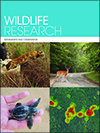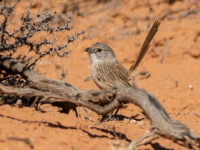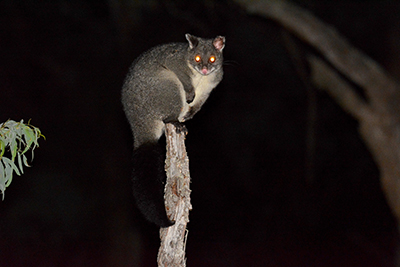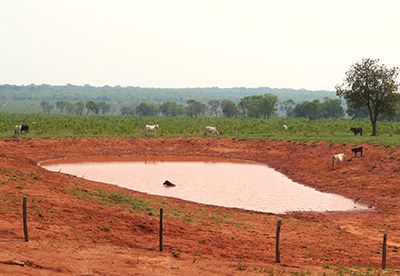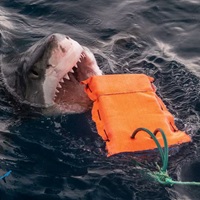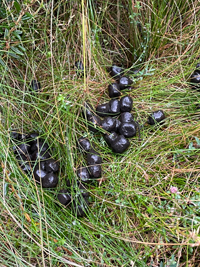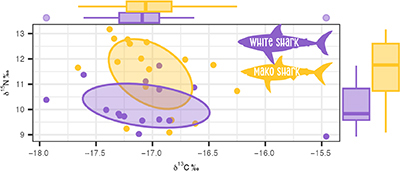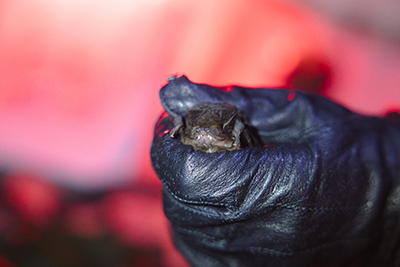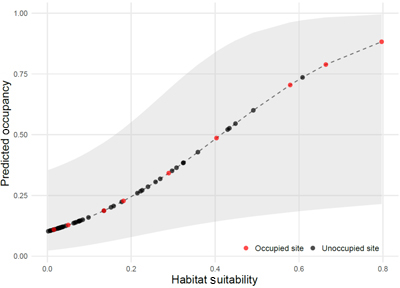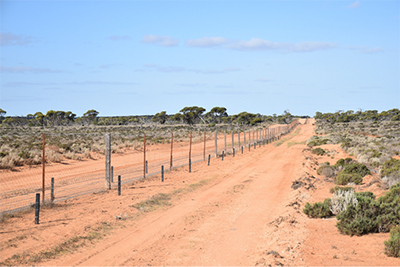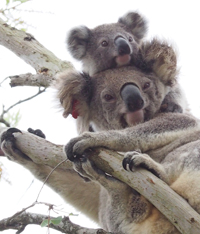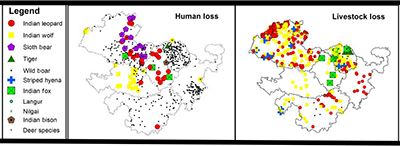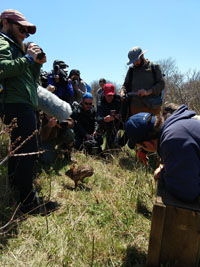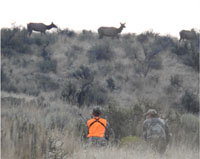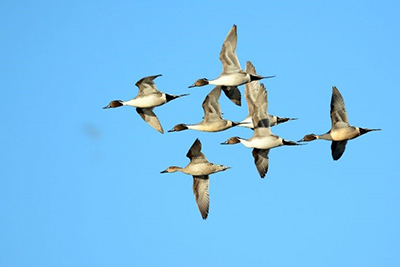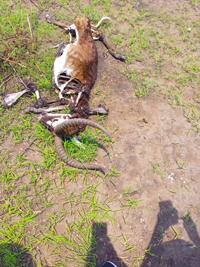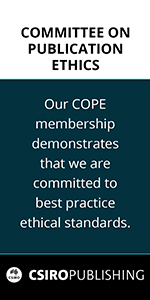WR24152Habitat suitability modelling of the North Flinders Ranges thick-billed grasswren Amytornis modestus raglessi reveals dynamic shifts at the landscape scale
The numbers of North Flinders Ranges thick-billed grasswren have declined markedly in some parts of its range in recent years. We used models to create maps of grasswren habitat suitability for two periods (1994–2011 and 2012–2023) which show a 25% reduction in predicted suitable habitat. This method has furthered understanding of factors that influence grasswren habitat suitability and can benefit conservation management efforts. Photograph by Sam Gordon.
WR24152 Abstract | WR24152 Full Text | WR24152PDF (3.2 MB) | WR24152Supplementary Material (367 KB) Open Access Article


